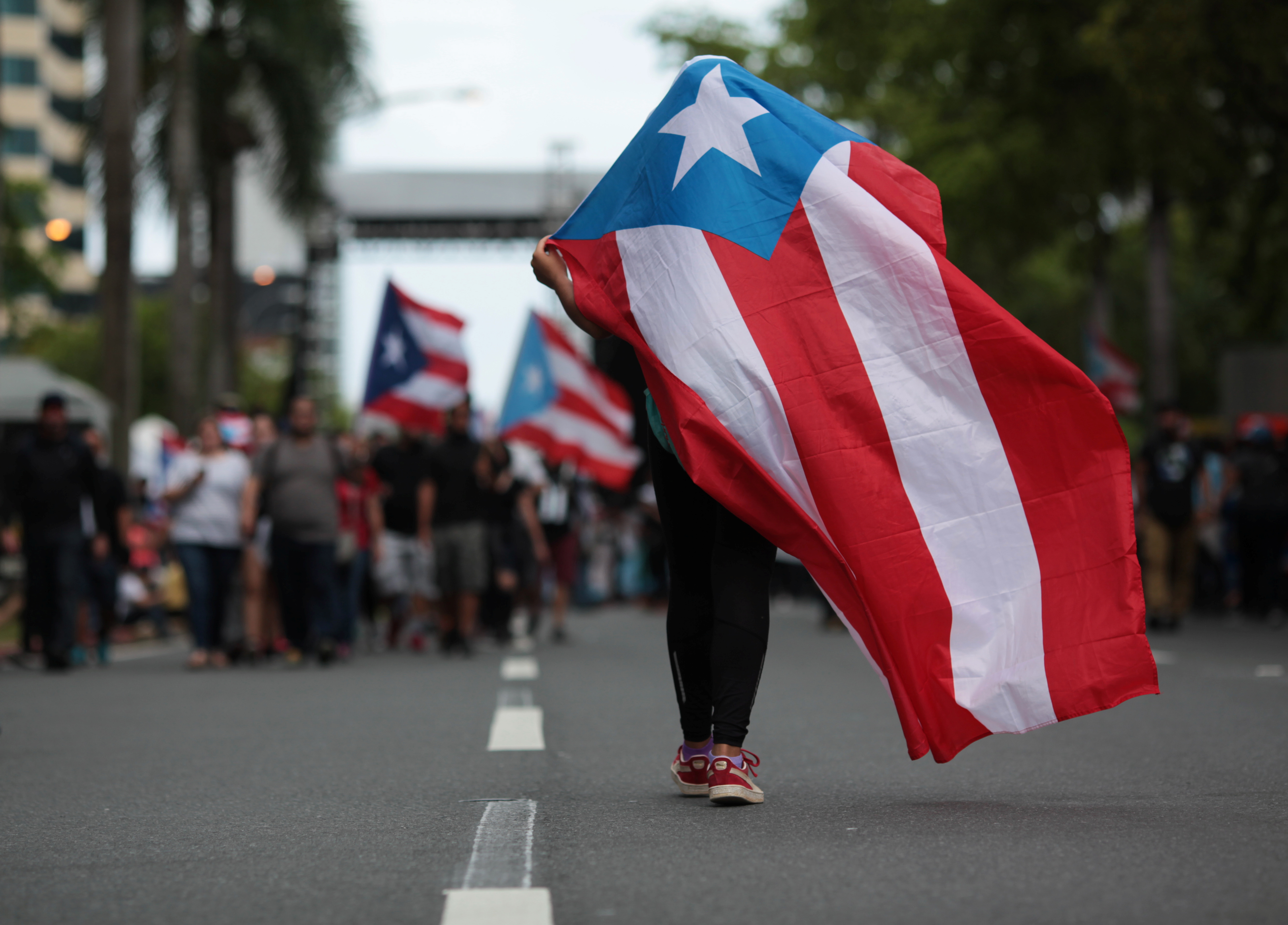The latest secret document dump
What you need to know


The Director of National Intelligence released more than 2,000 pages of formerly top secret documents today, including a lengthy description of a major email metadata collection program that was discontinued in 2011 — a program that collected, in bulk, the email metadata associated with millions of Americans. The NSA, somewhat confusingly, refers to this program as the Pen Register/Trap and Trace, PR/TT program, even though it has nothing to do with traditional telephone calls, which is what those terms are generally associated with. (The collection of telephone records is referred to as the "BR FISA" collection).
The PR/TT program, the NSA says, was subject to rigorous oversight. Compliance problems arose in 2009, and the agency suspended the program. Here are details from the court order authorizing it.
* The NSA's PR/TT program cannot be revived without Justice Department approval, per the FISA Court.
The Week
Escape your echo chamber. Get the facts behind the news, plus analysis from multiple perspectives.

Sign up for The Week's Free Newsletters
From our morning news briefing to a weekly Good News Newsletter, get the best of The Week delivered directly to your inbox.
From our morning news briefing to a weekly Good News Newsletter, get the best of The Week delivered directly to your inbox.
* There is a reference to an "innovative" FISA Court decision that allowed the collection of bulk email metadata, but the name of the case is redacted.
* A document provides some insight into how the NSA "alert list," or "station table" of domestic numbers that are reasonably believed to be associated with a foreign power or terrorist organization, works. A number can find its way onto the list because the FISA Court specifically authorized collection against that number; if a number already on the list contacts a domestic number; or if a number specifically met the "reasonably believed to be associated with" standard because an analyst discovered it, tangibly, in some other database or through legal collection. NSA computers automatically checks incoming telephone records against the "alert list" numbers. (Domestic to domestic calls are excluded unless both numbers are on the alert list.) If a new telephone record includes a foreign telephone call to or from a number on an alert list, that fact is passed to the FBI and the CIA.
* Since people sometimes enter their credit card numbers through the phone, the bulk records collected by the NSA included, at times, credit card numbers associated with specific telephone numbers.
* The NSA asks analysts being trained to access metadata to list several activities which would be protected by the First Amendment and therefore illegal to collect.
A free daily email with the biggest news stories of the day – and the best features from TheWeek.com
* NSA analysts "see" approximately one out of every 4 million call records collected by the "BR FISA" telephone metadata program.
* The NSA allowed the Defense Intelligence Agency's Joint Interagency Task Force — Counterterrorism (JITF-CT) access to raw counter-terrorism related signals intelligence, including data collected under the restricted FISA programs. (The NSA has always provided the DIA with analyzed, finished reports, as well as curated streams of SIGINT, but not with access to its specific databases.)
* Another unknown entity was allowed access to unminimized — that is, raw — data from XKEYSCORE, the major NSA system that processes and analyzes collection of foreign intelligence. The NSA suspended this institution's access to the database after compliance issues were raised. The name of the entity provided access to the database is redacted.
* The NSA redacts the words "al Qaeda" from the beginning of this document — and from a paragraph classified with numerous caveats in the middle of it.
Marc Ambinder is TheWeek.com's editor-at-large. He is the author, with D.B. Grady, of The Command and Deep State: Inside the Government Secrecy Industry. Marc is also a contributing editor for The Atlantic and GQ. Formerly, he served as White House correspondent for National Journal, chief political consultant for CBS News, and politics editor at The Atlantic. Marc is a 2001 graduate of Harvard. He is married to Michael Park, a corporate strategy consultant, and lives in Los Angeles.
-
 Why Puerto Rico is starving
Why Puerto Rico is starvingThe Explainer Thanks to poor policy design, congressional dithering, and a hostile White House, hundreds of thousands of the most vulnerable Puerto Ricans are about to go hungry
-
 Why on Earth does the Olympics still refer to hundreds of athletes as 'ladies'?
Why on Earth does the Olympics still refer to hundreds of athletes as 'ladies'?The Explainer Stop it. Just stop.
-
 How to ride out the apocalypse in a big city
How to ride out the apocalypse in a big cityThe Explainer So you live in a city and don't want to die a fiery death ...
-
 Puerto Rico, lost in limbo
Puerto Rico, lost in limboThe Explainer Puerto Ricans are Americans, but have a vague legal status that will impair the island's recovery
-
 American barbarism
American barbarismThe Explainer What the Las Vegas massacre reveals about the veneer of our civilization
-
 Welfare's customer service problem
Welfare's customer service problemThe Explainer Its intentionally mean bureaucracy is crushing poor Americans
-
 Nothing about 'blood and soil' is American
Nothing about 'blood and soil' is AmericanThe Explainer Here's what the vile neo-Nazi slogan really means
-
 Don't let cell phones ruin America's national parks
Don't let cell phones ruin America's national parksThe Explainer As John Muir wrote, "Only by going alone in silence ... can one truly get into the heart of the wilderness"


